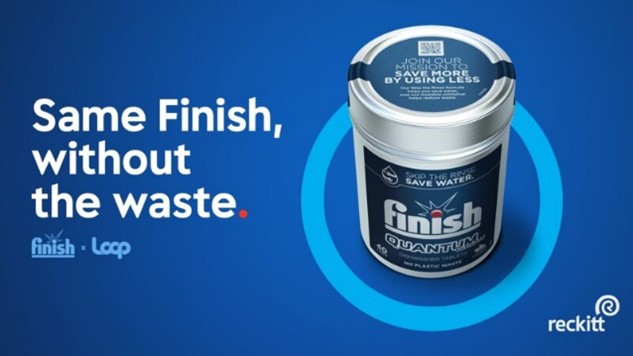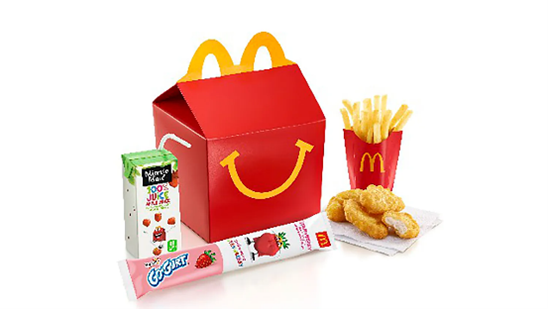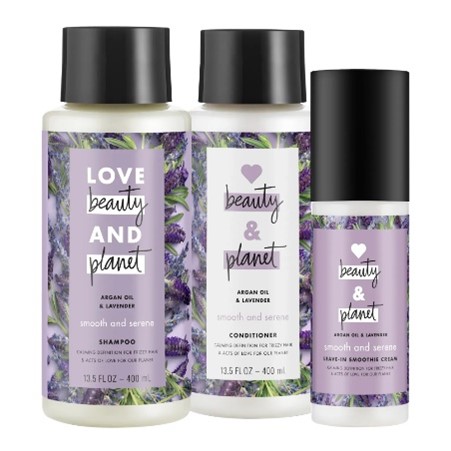The sustainability journey for businesses continues to ramp up as evolving consumer expectations and new environmental threats demand more agile business strategies. More so than in recent years, responsibility and accountability are seen as fundamental counterparts to profitability and brand value. In fact, employees and consumers are already rewarding businesses for positive environmental and social performances—with 36% of Americans 18+ agreeing that they have “stopped buying certain products/services because of their impact on the environment or society” according to Kantar’s U.S. MONITOR Study.
The desire to live and act more sustainably will continue to grow among American consumers—with almost half (49%) of 18+ consumers already “expecting environmentally friendly products” as an option when shopping— especially if brands and businesses can help eliminate the barriers to doing so (e.g., price premiums, confusing language, lack of access). In fact, a majority of Americans 18+ are already committed to supporting companies that are enacting positive change, with 53% agreeing “I am prepared to invest my time and money to support companies that try to do good.”
Yet cutting through the noise and sharing the right information about your sustainability efforts remains difficult. A majority of consumers (60%) “feel it is really hard to tell which products are good or bad,” and a sizeable minority (44%) don’t even know where to find sustainable and ethical products. Thus, it is up to brands to adapt their communication strategies to raise awareness, build meaningful connections, and make the adoption of sustainable behaviors easier.
Guidelines to effective sustainability messaging
Use the following guidelines to best articulate how your brand can provide value to consumers, while also helping build towards a more sustainable future.
1) Ensure your sustainability message is human-centric
Consumers remain skeptical about businesses that constantly tout their sustainability strategy, believing companies’ eco-claims are commercially motivated. Rather than solely focus on what your brand or businesses is doing to act more sustainably (e.g., trees planted, gallons of water saved, plastic eliminated), communicate the ways in which your organization is helping deliver better products for people and the planet.
Explaining how the product or service fulfills a need within an individual’s life should take center stage, whereas cues to sustainable benefits or considerations can be secondary—sourcing information, packaging, language, etc.
- 50% of people agree “companies only care about profits and eco-claims are just another marketing tool” (Worldpanel, Kantar & GfK, 2022)
- 60% of Americans “worry brands are involved in social issues just for commercial reasons” (Kantar SSI Study, 2022)
Brand Example:
Reckitt’s “Skip the Rinse” campaign focused much of their communications on how their product saved consumers time and money by eliminating the need to pre-wash dishes and reducing water bills—making the decision to buy feel easy and effortless. The added benefit of helping save water across the globe or eliminating waste was evident for those that cared about the environmental benefits.

2) Focus on a sustainability topic that your brand can credibly speak to
U.S. consumers are following where the market stands against the sustainability agenda, with essentially half (48%), according to Kantar’s 2022 Sustainability Sector Index, agreeing that they “pay a lot of attention to environmental and societal issues in the news.” Just as individuals feel their decisions can make a difference in the world, consumers are also looking to businesses to join in the action.
Since every industry contributes to worsening climate change in some capacity. Identify areas where your brand or business has detrimental impacts on the environment or society and use these areas as starting points. This not only signals your business taking responsibility for an issue but allows your team to communicate tangible ways your brand can enact positive change.
- 51% of Americans 18+ agree “I feel that I can make a difference to the world around me through the choices I make and the actions I take” (2022 US MONITOR)
- 50% of Americans 18+, and 57% of Gen Z consumers, believe “it’s up to companies and governments to protect the environment.” (2021 US MONITOR)
Brand Example:
McDonald’s has been transparent in recognizing the impact their business has on the environment and society. Not only has the brand made a global commitment to advance more sustainable beef production by improving the lives of farmers and prioritizing animal welfare, but also has evolved its Happy Meal to provide more balanced nutrition to kids.

3) Prioritize simplicity
Despite consumer optimism around what they’d like to do to enact positive change, oftentimes life can get in the way—with the 2022 Who Cares, Who Does? Study finding almost half (45%) of consumers are struggling to “act sustainably due to social or financial constraints.” This is why Kantar continues to see such a large gap between what consumer value and what they actually do when they shop—referred to as the Value-Action gap.
Given where consumers are at, leading a more sustainable lifestyle can often feel overwhelming or out of reach. To that end, keep your brand messaging simple—from what the product or service does, to how it builds towards a more sustainable future, and how consumers can easily adapt their behavior to join the company on its sustainability journey.
- VALUE-ACTION GAP: 94% of Americans “want to live a sustainable lifestyle” but only 10% agree to “actively changing their behavior” to do so (Kantar SSI Study, 2022)
Brand Example:
Love Beauty & Planet is a personal care brand that offers ethically-sourced, cruelty free, sustainably packaged products to consumers for under ten dollars—making sustainable purchasing accessible to more people. Despite all the sustainably-minded decisions that drive their brand strategy their packaging leads with the what consumers can expect from the product—from scents to texture—while also including subtle cues to their sustainability efforts—imagery and secondary messages like “& acts of love for our planet.”

Learn more about how we can help brands to correctly message sustainability efforts: Get in touch with a Kantar expert.

